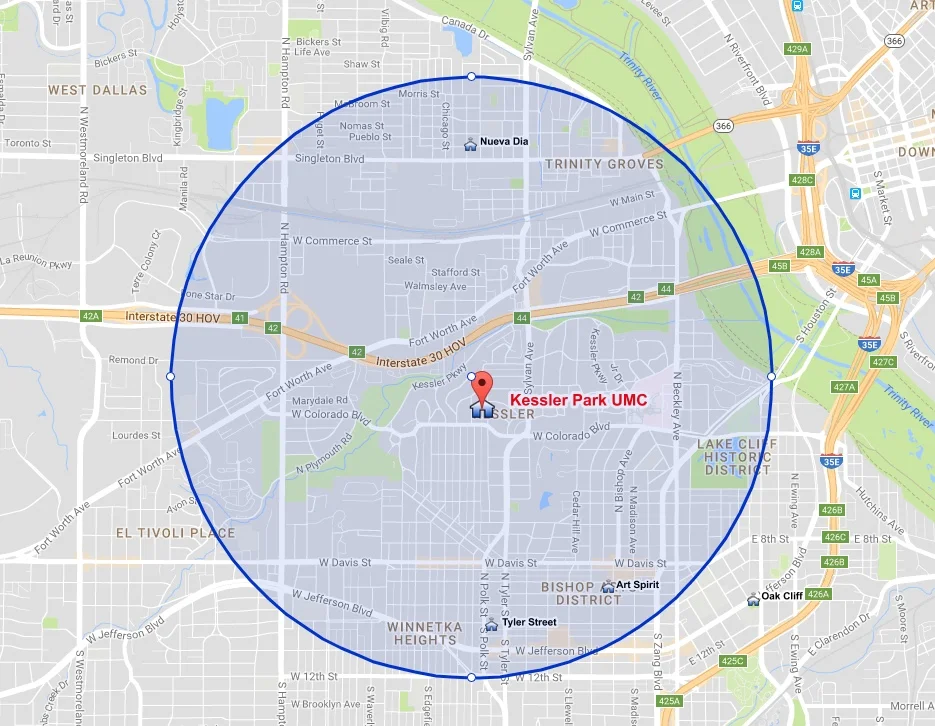Reflections on a Tragic Missionary Story
/I’ve been thinking about John Allen Chau a lot lately.
He was the missionary who was recently killed on the shore of a remote island called North Sentinel by a tribe which intentionally remains isolated from modern civilization.
Media coverage has mostly focused on two questions: first, was Chau a courageous martyr or a misguided fool; and second, what is the best way to evangelize anyway; isn’t missionary sending a thing of the past?
I don’t know if I’m really qualified to answer the first question. Obviously, it took courage to travel to North Sentinel; that was bravery, but I also think it was entirely inappropriate. For one, there was a very real danger that Chau would bring communicable diseases to people who had no natural resistance to them. Furthermore, he didn’t know their language, so he had no quick way to let them know why he was there. And they didn’t invite him to their island!
I seem to recall that just a few weeks ago, I led my Sunday School class through a lesson that included a quote from Jesus in which he clearly said to his disciples, “If anyone will not welcome you or listen to your words, shake off the dust from your feet as you leave that house or town” (Matthew 10:14). Apparently, even Jesus thought it was a waste of time to go where you were not wanted!
In all seriousness, however, I want to move on to the second question, which has to do with the nature of evangelism itself. Put simply, does God want us to attempt to proselytize people, to convert them into believers in Jesus Christ?
It would appear so from the closing words of the Gospel of Matthew, where Jesus tells his disciples, “Go into all the world and make disciples of all nations, baptizing them in the name of the Father and of the Son and of the Holy Spirit, and teaching them to obey everything that I have commanded you” (28:19-20).
This was obviously the impetus behind Chau’s evangelism efforts. He was trained and sent by an organization called All Nations, based in Kansas City, Missouri. According to their website, their vision is “to see Jesus worshiped by all the peoples of the earth,” and their mission is “to make disciples and train leaders to ignite church planting movements among the neglected peoples of the earth.”
Why is this the vision of All Nations? What drives them to make this their particular mission? According to their Statement of Faith, “We believe that when a follower of Jesus dies, he/she passes immediately into the presence of Christ, there to enjoy conscious fellowship with God until the day of the resurrection and transformation of the body. The saved will then forever dwell in fellowship with their great God. We also believe that when the unbeliever dies he/she is consigned to hell, there to await the day of judgment when he/she shall be punished with eternal, conscious separation from the presence of God.”
In this way of thinking, missionaries have the ultimate task of saving people from hell — literally! That’s why Chau felt driven to risk his life on a far off island. That’s why he believed his act of self-sacrifice might ultimately be worth it. If the North Sentinelese are eventually introduced to Jesus someday, they might be saved to go to heaven. That’s a bargain Chau would accept, because he knew he would be in heaven himself.
This logic is flawed to me, to be honest. I simply don’t believe that people who don’t have faith in Jesus Christ will spend the afterlife in perpetual torture, much less people who have never even heard of Jesus.
In fact, the story of Chau’s demise reminds me of a story I heard once about a missionary priest who traveled to a remote tribe in a far-off land. When he got there, he learned the language as quickly as he could, and then began teaching them the precepts of Christianity.
Finally, one of the tribesmen asked the priest, “Are you saying that we will go to hell if we don’t accept your Jesus?”
The priest said, “Yes, that is what I am saying.”
The tribesman asked, “But what if we never had heard of this Jesus? Would we still go to hell?”
The priest replied, “Well, no, not in that case. Because God would show you mercy.”
The tribesman then said, “Why did you come and preach to us then? We would all be going to heaven! Now some of us are doomed!”
Chau either believed a) that all people who don’t believe in Jesus are going to hell regardless of whether they had heard of him or not, or b) that only people who have heard about Jesus will be judged on the basis of whether they have believed in him; the rest will be judged on a different basis. If he believed option a, then I understand his urgent mission but pity his belief in an unmerciful and horrible God; if he believed in option b, then he was simply foolish — far better to leave them alone and let them go to heaven out of ignorance!
Frankly, I find both options to be equally problematic, but that’s a subject for a different column.
For now, let me simply close with this thought: the Gospel of Jesus Christ is meant to be good news to people, a liberating word, a fresh and transformative thing. Jesus himself once said, “I have come that you may have life and have it more abundantly.”
Anything that doesn’t bring abundant life is not from God. Even if it comes from a so-called missionary.



